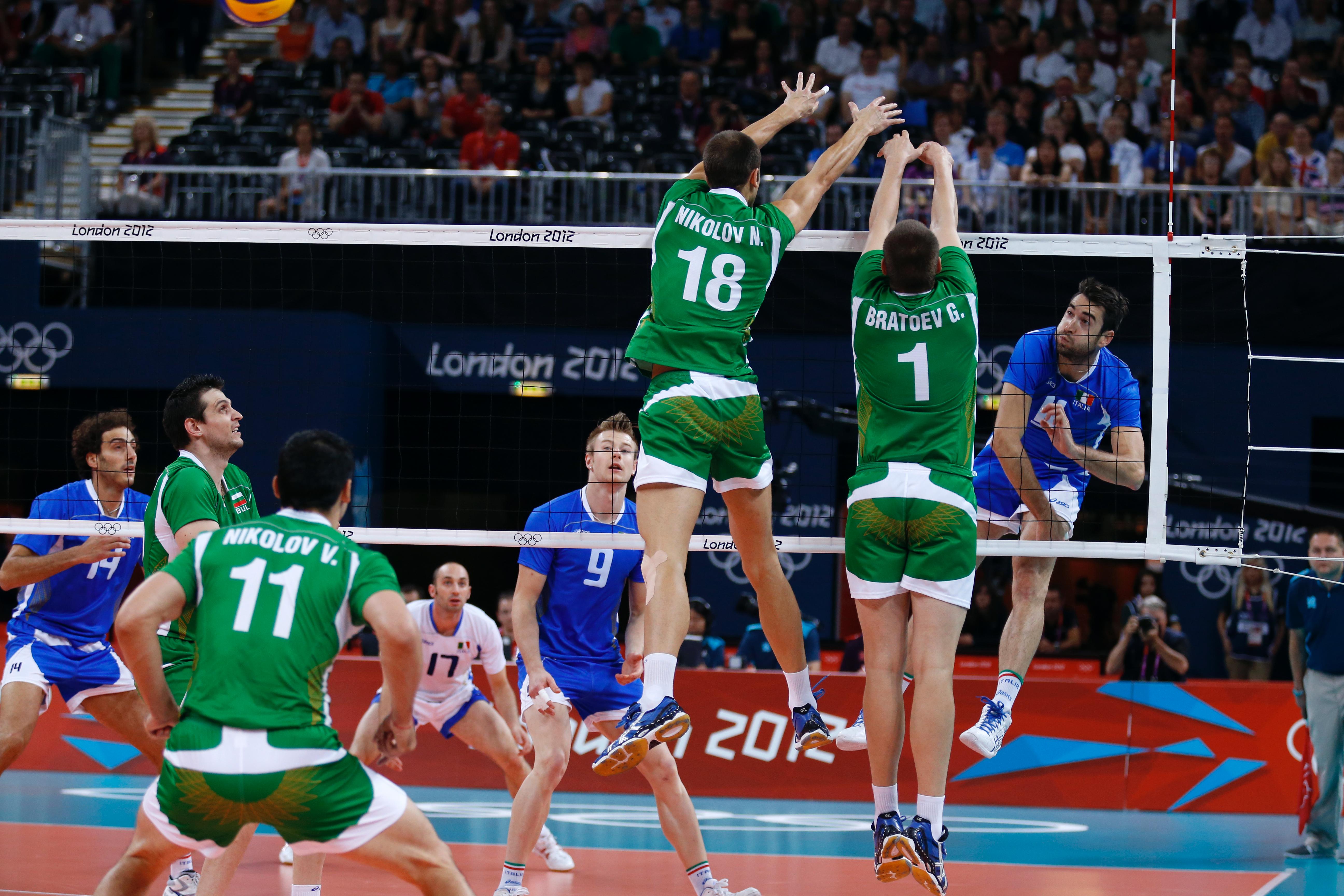Ankle sprain
A sprained ankle is one of the most common sports injuries. In fact, every fifth sports injury is a sprained ankle.

In certain sports, especially team sports such as football, basketball, volleyball, and handball, up to 50% of all acute injuries are ankle sprains. In the course of a season, an elite level football, handball, basketball, or volleyball team can expect 2-3 players are spraining their ankle.
These injuries are also widespread in individual sports, especially those that involve running or landing on uneven surfaces. A sprained ankle will almost always occur on the outside of the foot. A sprain on the inside is far less common.
Injury mechanism
Ankle injuries occur most frequently when stopping, turning, jumping, or landing. Examples are landing awkwardly on the ground or on the foot of another player. The foot is then twisted inwards or outwards, which may lead to one or more of the ligaments in the ankle tearing either partially or entirely. Ligaments hold bones together and have a stabilising function.
Signs and symptoms
The injury leads to swelling, tenderness, and pain on the inside or outside of the ankle. Tenderness is often localised to the injured ligaments.
Diagnosis
A doctor or physiotherapist makes the diagnosis following a physical examination. If a fracture is suspected, an X-ray examination is warranted.
Treatment
During the acute phase (24-48 hours following the time of injury) the focus is on relieving pain and limiting swelling. The treatment follows the PRICE principle and may include using crutches to take weight off the foot. Applying compression is essential in order to limit swelling and facilitate recovery.
After 48 hours it is advisable to start gradually moving and putting weight on the foot and ankle again. The injured person should be referred to a physiotherapist as soon as possible. A physiotherapist can give detailed instructions on exercises to do for rehabilitation and will consider the need for supporting tape or a brace. Surgery is very seldom recommended, as conventional treatment (i.e. treatment without surgery) have equally good results.
Prognosis and return to sport
Recovery is usually very quick following a sprained ankle where the injury is on the outside of the foot. Most athletes can go back to full training after 1-3 weeks. It can take longer if there is considerable damage to the ligaments, and some people suffer from stiffness and pain for several months.
The ligaments tend to be completely healed after 6-12 weeks, but full function can be attained much earlier if proper treatment is applied during the acute phase. The prognosis is a little slower for sprains on the inside of the ankle, and the athlete should expect a longer rehabilitation period.
Risk of re-injury
In the first 6 months of returning to sport following an ankle sprain, there is about a 50% chance of re-injury. After 2 years, the risk of re-injury will have decreased to just 4%, that is, the same likelihood as for an uninjured ankle.
Injury prevention
Acute ankle injuries can usually be prevented. By following specific balance training programs, the risk of a re-injury can be reduced by approximately 50 %. See the link to our training programs on the page. In addition, a lot of people experience positive effects from using supporting tape or a brace.


